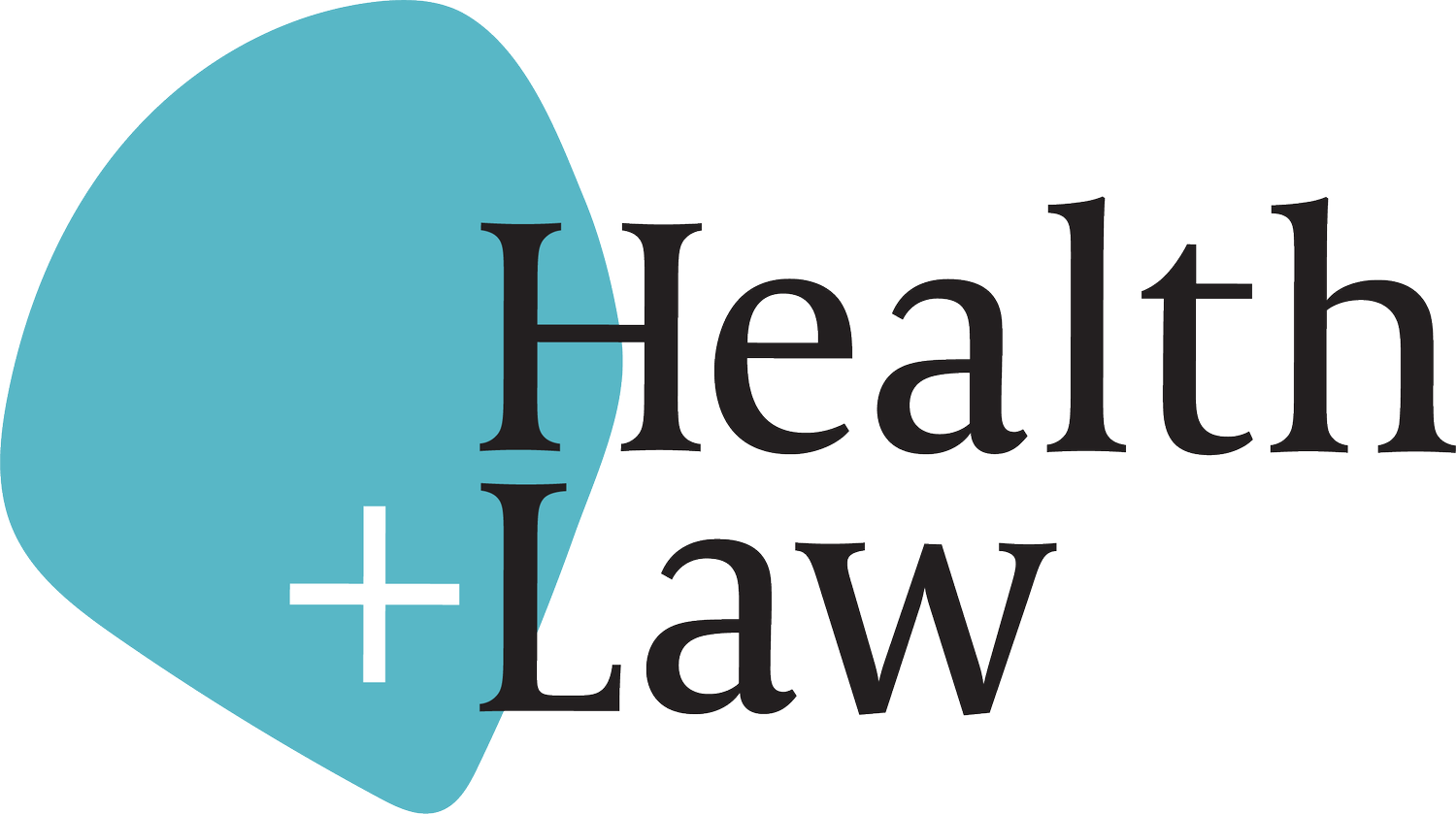HIV Related Legal Needs, Demographic Change, and Trends in Australia since 1992: A Review of Legal Administrative Data
January 2024
Little has been understood about the legal issues, needs and access to justice for people living with HIV and viral hepatitis in Australia. The recently published Health+Law research article, HIV related Legal Needs, Demographic Change, and Trends in Australia since 1992: A Review of Legal Administrative Data, analysed unique legal administrative data from the HIV/ AIDS Legal Centre (HALC) to develop insight into the trends and types of HIV and viral hepatitis-related legal issues experienced by HALC clients, as well as how these legal issues and HALC client demographics have changed over time, from 1992 to 2020.
HALC are a specialist community legal service located in Sydney and provide legal assistance to people affected by HIV or viral hepatitis related legal issues in New South Wales, Queensland and in matters outside of these jurisdictions.
Some of the key research findings demonstrated that legal services connected to immigration law increased from 36% of all services offered in 2010, to 53% in 2019, and discrimination matters decreased from 17% in 2010 to 5.9% in 2009, while matters relating to wills and estates remained stable from 9% in 2010 to 8.3% in 2019.
Further, the demographic profile of HALC clients has changed over time, increasingly becoming younger and with more female and heterosexual identifying clients being provided with legal services. It is also increasingly likely that those seeking HALC’s services have been born overseas.
Alexandra Stratigos, Principal Solicitor at HALC and co-author of the article commented on the significance of the research towards understanding changing legal needs:
”The article really showcases the high volume and diversity of the services delivered by the HIV/AIDS Legal Centre since inception. It was interesting to note that groups that are underrepresented in the HIV epidemiology data, such as women and younger people, were over represented amongst HALC clients; people from marginalised groups such as people from culturally and linguistically diverse communities and people from the LGBTIQ+ community are also overrepresented when it comes to legal needs as observed by the centre.
“I believe that this demonstrates the unique legal challenges that these population groups face. When I look at the data and see that HALC has provided services to approximately 40% of the PLHIV population in NSW, it makes me feel incredible proud to be part of a the HALC team who have always worked so tirelessly to achieve positive outcomes for such a large volume of clients. The work that HALC needs to do for people living with and affected by HIV and/or viral hepatitis is far from over and HALC is committed to continuing to grow and change to meet the ever-changing needs of this community until one day PLHIV and people with hepatitis can participate in the Australian community on an equal basis to others.”
You can view the article in full here and on our publications page here.
You can visit the HALC website here.


